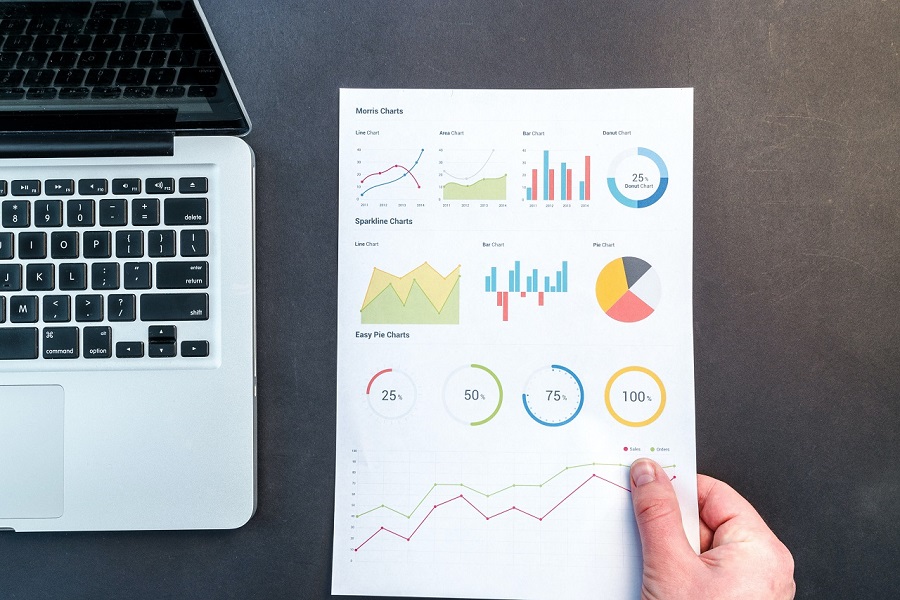Reporting
No matter if it’s your kid’s report card or your company’s financial statements, all activities in life are accompanied by analysis. It is one of the basic forms of human behavior. To learn from past actions, to improve our efforts and safeguard against problems, is an evolutionary trait that is applied to warehousing too. The Warehouse Reports aid both operations and improvisation. Generally, the warehouse management system generates these reports unless they are manually prepared.
We can bring visibility on your inventory though the creation of customized reports (e.g. KPI reports) to support the logistics and decision-making process.
What Is Reporting?

We can use the following definition to serve our broad audience:
A Warehouse Report is an official document declaring the presence and state of an item along with a log of interactions meant to represent ownership transfers.
Reporting FAQs
You might have noticed that the data mentioned above is essential if you are operating beyond say 20-30 orders daily. If you don’t have this data, managing orders becomes confusing, and operations turn into chaos. Moreover, how can you decide the picking strategy or handle peak demand if you don’t know about your current position? Reports help in both real-time decision making and strategic planning in the future. They also help in finding inefficiencies in the existing processes.
After going through all of these technicalities, I think you would want to know about the benefits of Warehouse Reports. I am quickly putting them down for your ready reference:
- Continuous process improvement
- Efficient workload distribution
- Healthier vendor-supplier relationships
- Better grip over inventory levels
- Higher client satisfaction
- Reduction in operating expenses and bottlenecks
- Better transparency of operations
- Firm implementation of safety norms
- Dependable business intelligence
- Development of warehouse best practices
- Formation of SOPs (Standard Operating Procedures)
